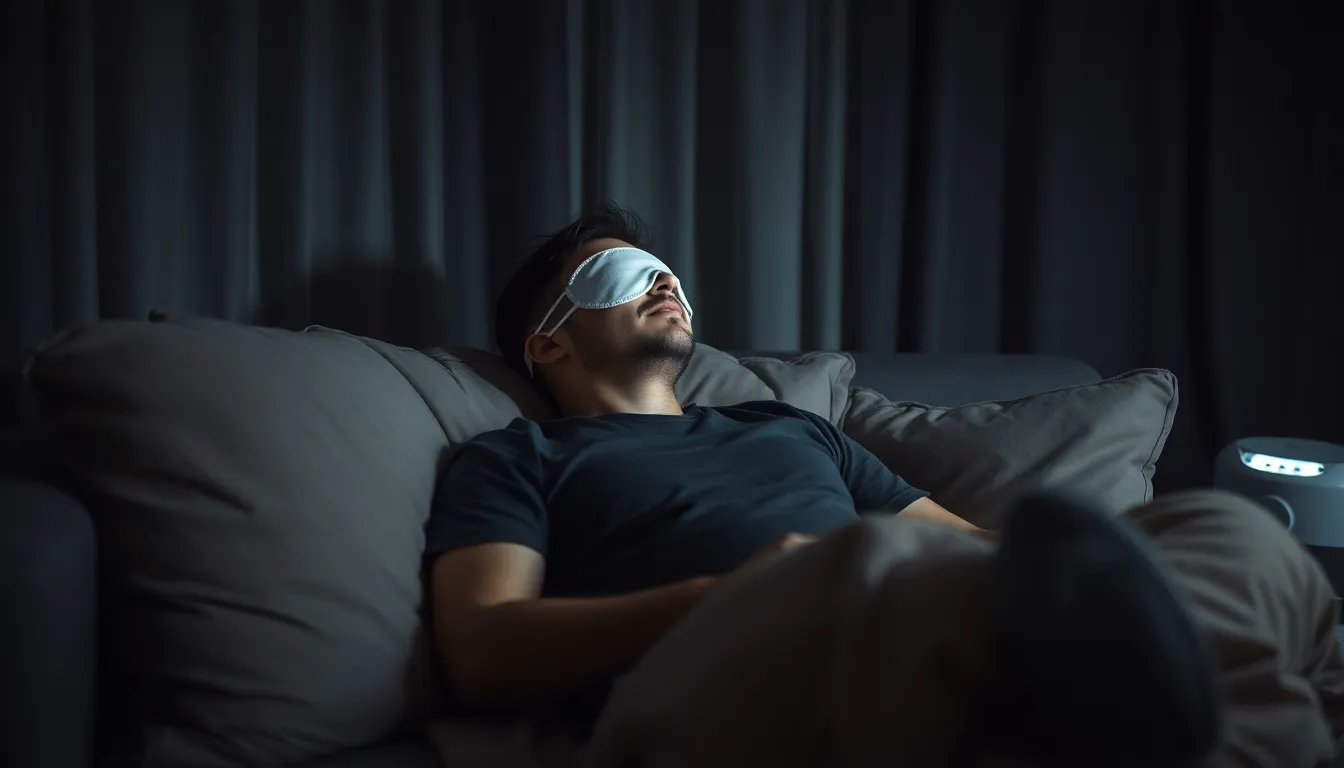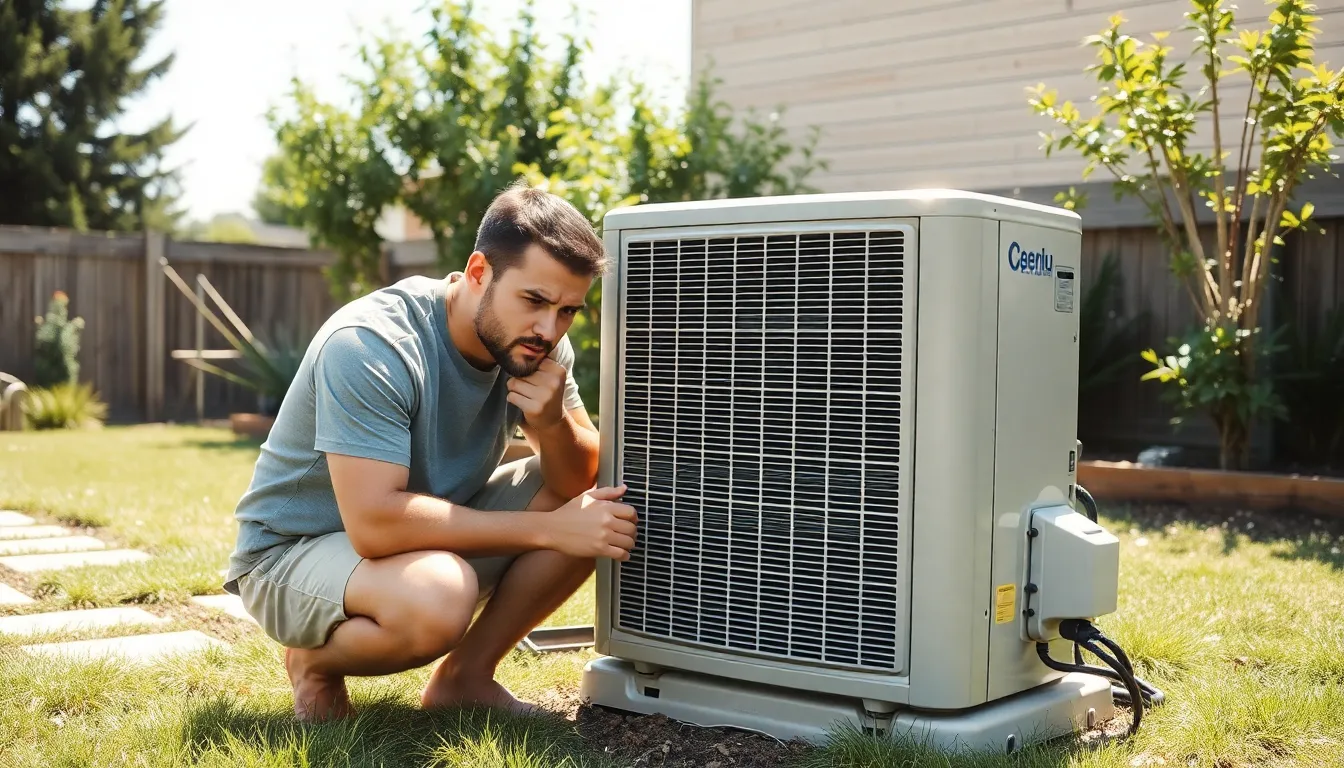In today’s fast-paced world, the quest for optimal health often leads to exploring unconventional solutions. One such remedy gaining traction is the power nap. These short bursts of sleep, typically lasting 10 to 30 minutes, can transform productivity and well-being. With busy schedules and endless to-do lists, many people overlook the simple yet effective practice of napping.
Research shows that power naps can enhance cognitive function, boost mood, and improve overall health. They offer a quick reset for the mind and body, making them a valuable tool for anyone looking to recharge during the day. As more individuals seek balance in their lives, understanding the benefits of power naps becomes essential for achieving sustained energy and focus.
Table of Contents
ToggleBenefits of Power Naps for Health
Power naps offer significant health benefits, especially for cognitive function and emotional well-being. Incorporating them into daily schedules can optimize performance and mental clarity.
Improved Cognitive Function
Power naps boost cognitive function. Studies show that a nap of 10 to 30 minutes enhances alertness, memory, and learning capacity. Individuals who power nap exhibit improved problem-solving skills and creativity. Research by NASA indicated that even a brief nap can enhance performance in tasks requiring sustained attention.
Enhanced Mood and Stress Relief
Power naps contribute to improved mood and stress relief. Napping helps regulate emotions by decreasing fatigue and irritability. A study published in the journal Psychological Science found that short naps elevate positive mood states, thus reducing anxiety. After a power nap, individuals report greater calmness and a heightened sense of well-being, making it easier to manage stress effectively.
Best Practices for Taking Power Naps

Power naps can enhance productivity and refresh the mind. Implementing the following practices maximizes their effectiveness.
Ideal Duration and Timing
Optimal power nap duration ranges from 10 to 30 minutes. Shorter naps, around 10 to 20 minutes, can prevent grogginess by keeping sleep in the lighter stages. Timing is crucial; mid-afternoon naps, typically between 1 PM and 3 PM, align with natural circadian rhythms. Those considering power naps should schedule them when energy levels dip for best results.
Creating a Comfortable Nap Environment
A conducive nap environment promotes relaxation. Choose a quiet, dark space free from distractions. Use an eye mask or blackout curtains to block light. Set a comfortable room temperature, ideally between 60°F and 67°F. Consider using white noise machines or earplugs to minimize noise disturbances. Lying down is considered more effective than sitting, so find a comfortable position to facilitate deeper relaxation.
Power Naps vs. Long Sleep
Power naps and long sleep serve different purposes in maintaining health and productivity. Understanding these differences can help individuals optimize their rest strategies.
Differences in Sleep Stages
Power naps typically engage lighter sleep stages, specifically NREM stages 1 and 2. These stages offer restorative benefits without entering deeper sleep, which may result in grogginess upon waking. Long sleep, conversely, includes all sleep stages—NREM stages 3 and 4, and REM sleep—enabling deeper restoration. NREM stages 3 and 4 contribute significantly to physical recovery and growth, while REM sleep enhances learning and emotional processing. Both sleep types play unique roles in overall health, with power naps focusing on short-term rejuvenation and long sleep emphasizing thorough recovery.
Effects on Alertness and Performance
Power naps significantly boost alertness and performance. Research indicates that a 10 to 20-minute nap can enhance cognitive function, improving reaction times and focus shortly after waking. In contrast, long sleep benefits overall learning and memory consolidation, vital for long-term cognitive health. Individuals who incorporate both strategies—taking regular power naps while ensuring adequate nighttime sleep—experience greater overall productivity and alertness, particularly in demanding tasks.
Potential Drawbacks of Power Naps
Power naps offer various benefits, but some potential drawbacks can affect overall sleep quality and daily routines. It’s important to understand these limitations to maximize the positive effects of napping.
Impact on Nighttime Sleep
Power naps can affect nighttime sleep, especially if taken too late in the day. Napping in the late afternoon or evening may disrupt the body’s natural sleep-wake cycle, leading to difficulty falling asleep at night. Studies show that napping for extended periods or at inappropriate times may decrease overall sleep quality, causing disturbances in REM sleep, which is vital for cognitive function. Maintaining a balance between daytime napping and nighttime rest is essential to ensure restorative sleep.
Who Should Avoid Power Napping
Certain individuals should avoid power napping to prevent negative impacts. People with insomnia or sleep disorders may find that napping exacerbates their nighttime issues. Shift workers, who may struggle with irregular sleep patterns, also face challenges from daytime napping. Additionally, individuals who feel groggy after naps may experience decreased productivity, reinforcing their need to avoid power naps altogether. Understanding personal sleep needs and conditions is crucial for determining whether power naps are beneficial or detrimental.
Power naps can be a game changer for those seeking to boost health and productivity in a demanding world. By integrating these short bursts of rest into daily routines, individuals can enhance cognitive function and emotional well-being. The benefits extend beyond mere alertness; they can uplift mood and reduce stress, offering a refreshing reset during busy days.
However, timing and duration are key to maximizing their effectiveness. Finding the right balance ensures that power naps provide restorative benefits without interfering with nighttime sleep. For many, understanding their unique sleep patterns will determine the role power naps play in their overall wellness strategy. Embracing this simple yet powerful tool can lead to a more energized and focused life.




